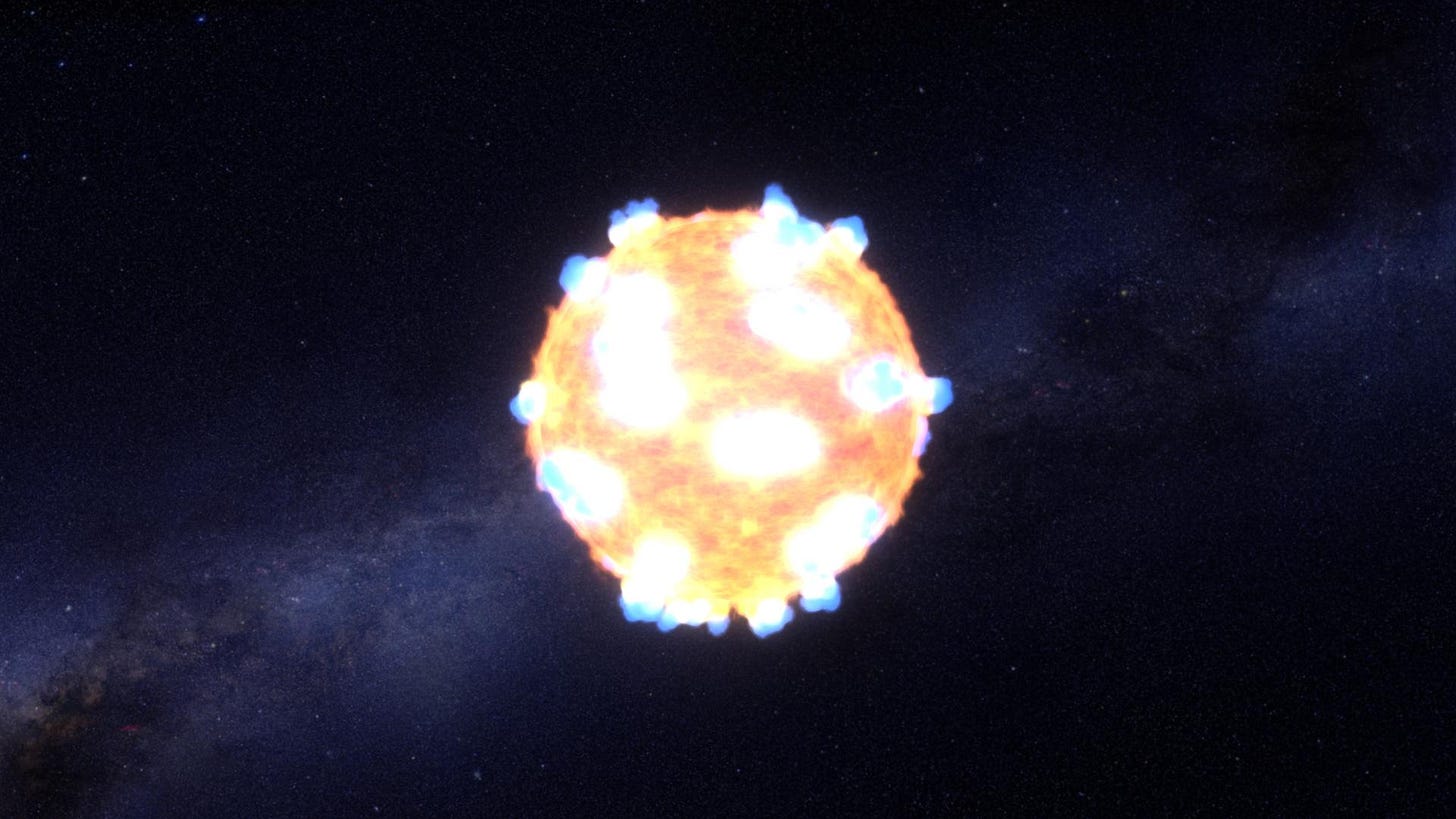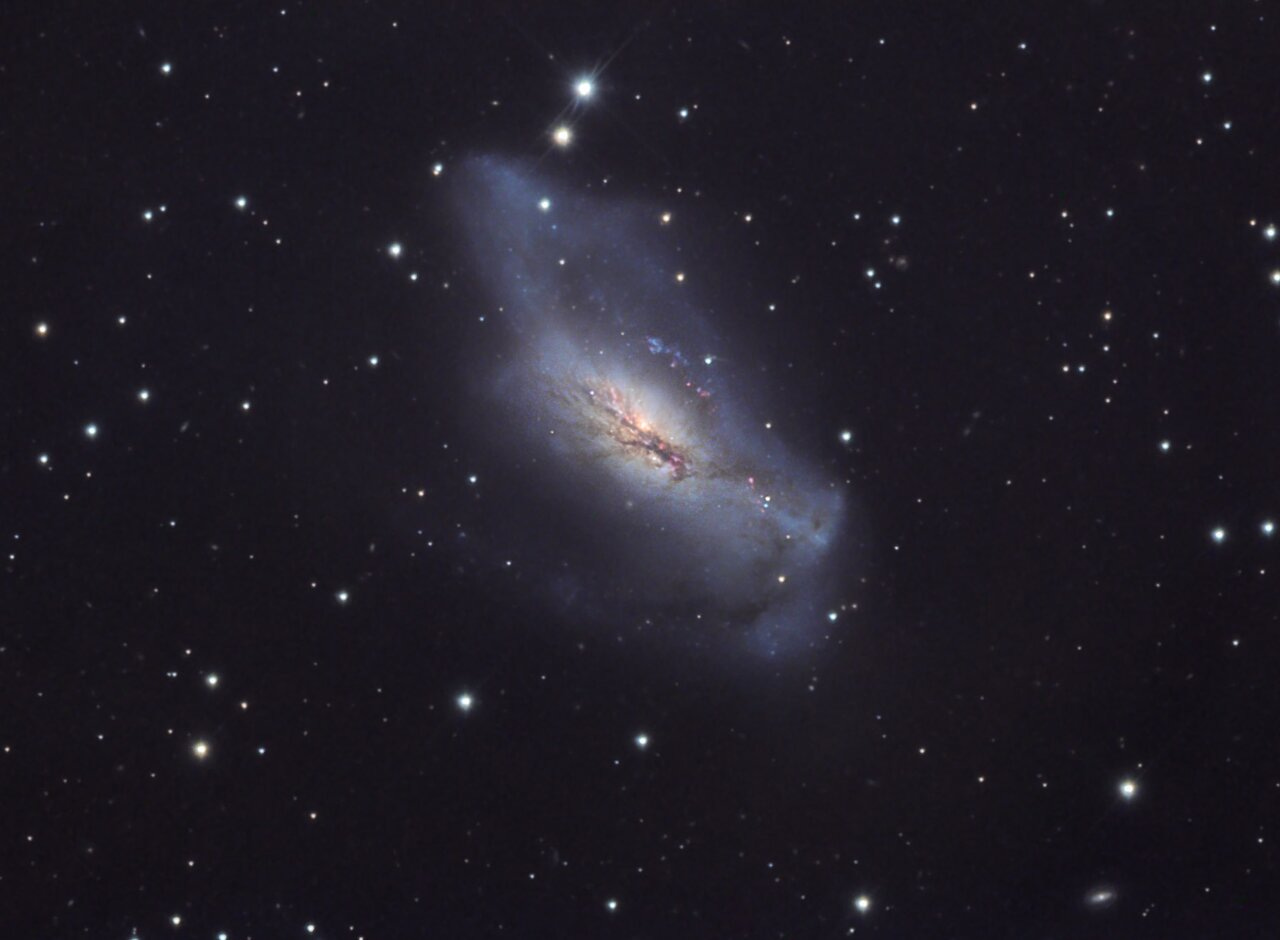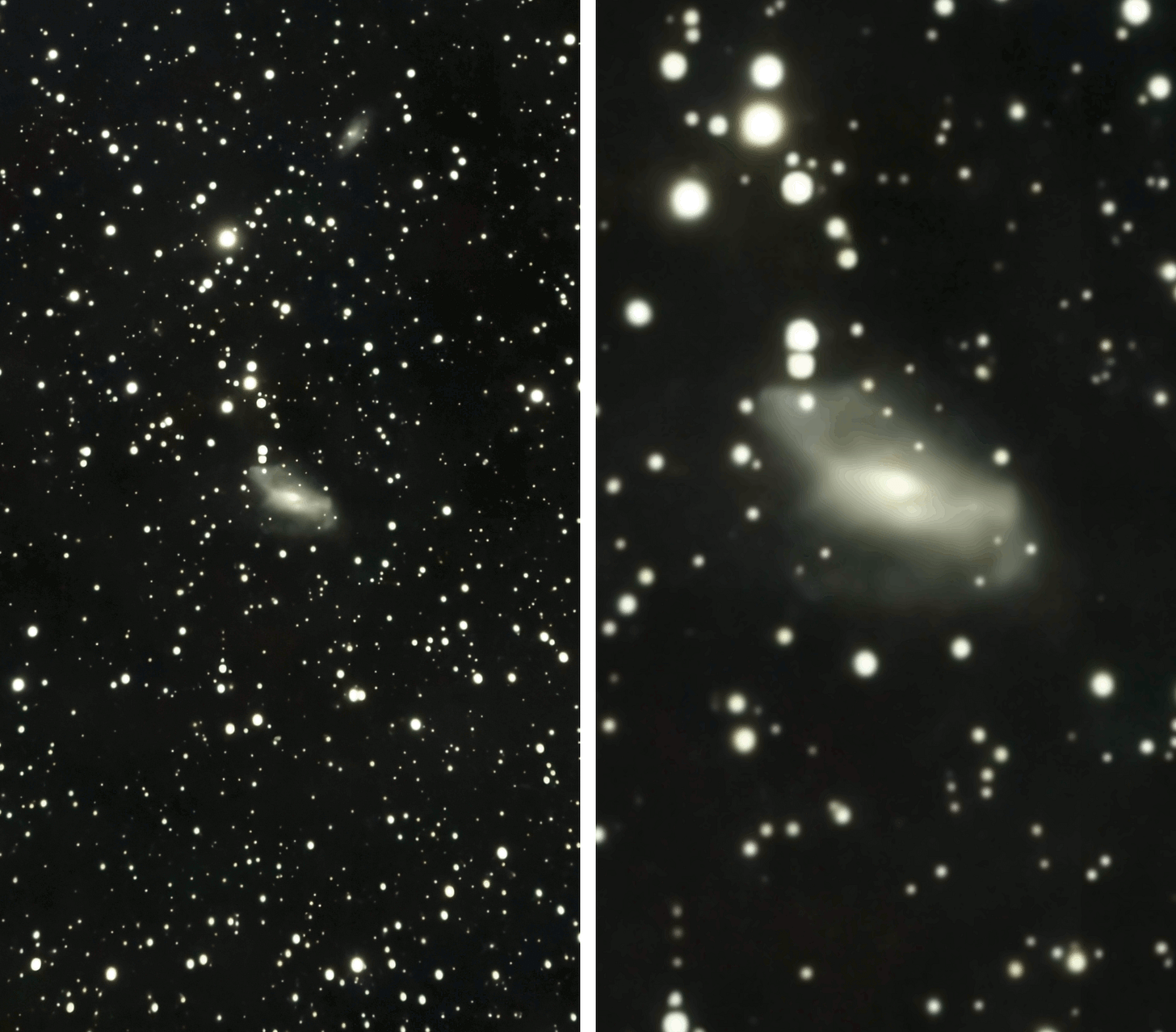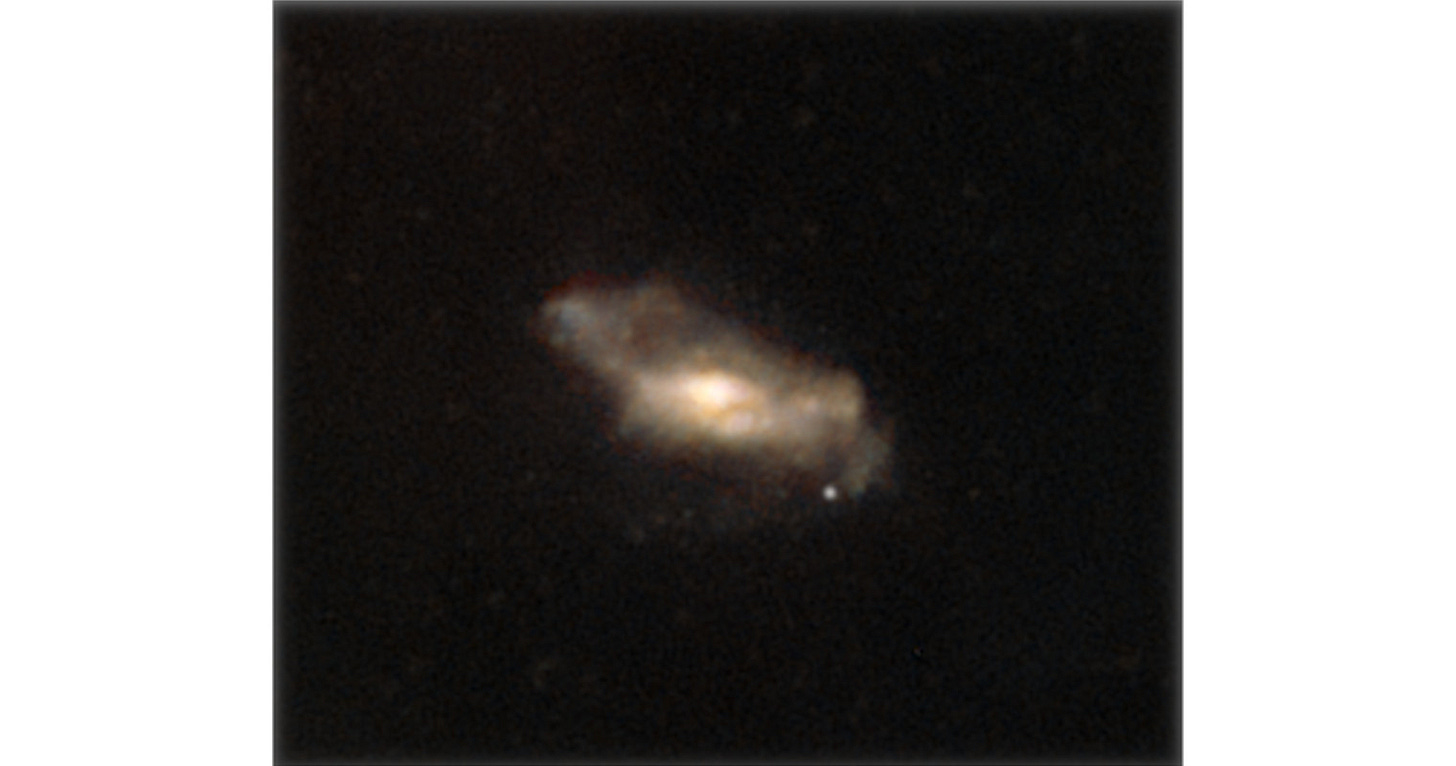A champagne supernova is waiting for you in the sky
TELEGRAM. Grab your telescope! There's a bright new light shining in galaxy NGC 2146, but only for a little while.

As big BOOMS go, supernovae are among the biggest, splashiest and most spectacular. If we could ride a magic carpet to some convenient point nearby (let’s say something like the distance between Earth and our own Sun) without suffering instantaneous death from radiation or just plain old immolation, we’d witness a shocking scene. In a Universe where things usually happen over millions or billions of years, the speeds involved here are mind-blowing. As the star, between 8 and 50 times as massive as the Sun, burns through its final fuel – and the heat from this process is no longer there to help it resist the tremendous pull of its own gravity – within seconds its outer core collapses inward at nearly a quarter of the speed of light. The outer core soon slams into the inner, spiking temps into the billions of degrees (whatever that means!), and unleashing an outward-bound shockwave in a titanic explosion taking just minutes to unfold – an explosion which even, for a time, can outshine the star’s host galaxy in brightness, and which leaves behind dramatic remnants that continue to evolve for thousands of years.
It’s said that a new supernova erupts somewhere in our vast Universe once every 10 seconds on average. That number strikes me as suspiciously round and convenient (and new surveys coming soon will probably up it significantly), but at least it gets at an essential truth: with hundreds of billions or maybe even trillions of galaxies out there, supernovae are still relatively rare. To put it into perspective, we observed the most recent one visible to the naked eye in our own galaxy just a smidge over 420 years ago (side note: they were more frequent in recorded history prior to 1604, meaning we’re likely overdue). Which is why, when we get the chance to see a real, live supernova – one that’s currently going through the process described above – or, well, at least fresh evidence of what it once went through millions of years ago – and that’s actually within reach of our smart telescopes, it’s pretty exciting.
Discovered on November 15, 2024 by Japanese amateur astronomer Koichi Itagaki, Supernova 2024abfl is that chance! Situated in NGC 2146, “the Dusty Hand Galaxy”, it’s 42 million light-years away. Not exactly close, but definitely doable. According to the Latest Supernovae list, a handy reference for these transients, 2024abfl is currently magnitude 16.5 in brightness – which puts it just within reach of our telescopes, if we can find a reasonably dark spot to observe from. Indications from the supernova’s initial classification are that it might just stick around for a couple of months more. But we never know for sure. So if you’re interested in giving it a look, the sooner you can give this one a try, the better!
But wait, what about that headline?
And what does that song even mean? Noel Gallagher himself apparently doesn’t have a clue. But my good friend Gemini tells me: “The song evokes a sense of longing for something more, a desire to escape the mundane and embrace the extraordinary. The ‘champagne supernova’ can be seen as a metaphor for a transcendent experience, a state of euphoria or altered consciousness.” First of all: whoa, deep. Secondly if that’s true, well, supernova SN 2024abfl is definitely pure champagne, so let’s get sipping!

How I looked at it
My Seestar S50’s SkyAtlas includes NGC 2146, so it was just to punch it in and go. If your smart telescope’s atlas lacks this entry, you can always use a planetarium app like Stellarium to find the coordinates, then enter them manually into your scope.
Given how faint this target is, I was careful to observe it from a dark-ish exurban location (bortle 4, for those keeping score), and collect a full 2 hours of data (720 individual 10-second sub frames).
I then stacked these subs using the Seestar’s built in Deep Sky Stack feature, just as I described doing for supernova remnant M1, the Crab Nebula. My results are below. But even before doing this final stack, while live stacking the target, I could see the supernova slowly emerging in my image. First as a pixel looking very possibly like sensor noise, then as an indistinct smudge, and finally as a unmistakeable star shape. That tickling feeling of excitement, knowing what I was looking at and exactly how this light was created, 2/3 of the way in time back to the dinosaurs, was every bit as good as a fine glass of bubbly. Hope you get the chance to enjoy it too!


Bonus points
NASA once again crushing it with the best content, this time a delicious video simulation showing the pivotal moments in a core collapse supernova.
Have a fun story about observing this supernova, thoughts on our Universe, or just can’t stand Oasis? Let me know in the comments below, or via mail at patrick@whatimlookingat.com. I’d love to hear from you!
The telegram series gives alerts about newly discovered transient objects – like asteroids, comets, and supernovae – and other fast-moving news of interest to us smart telescope astronomers. It’s inspired by the professional astronomy community’s tradition of trumpeting out discoveries and other news worldwide as soon as possible – going back to the days of actual telegrams.

